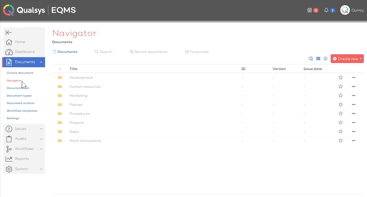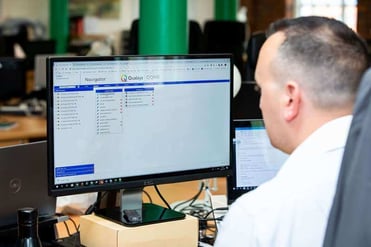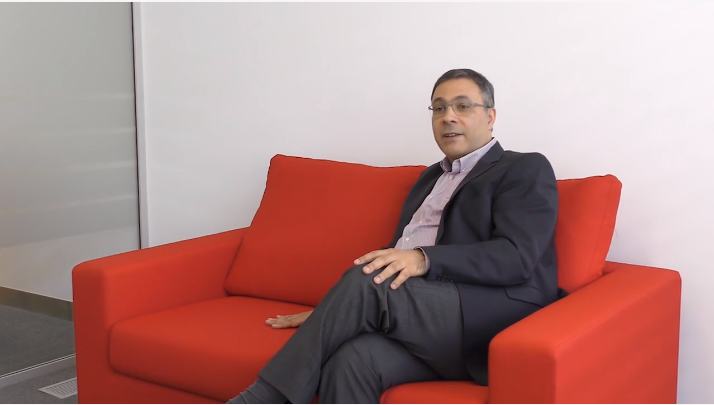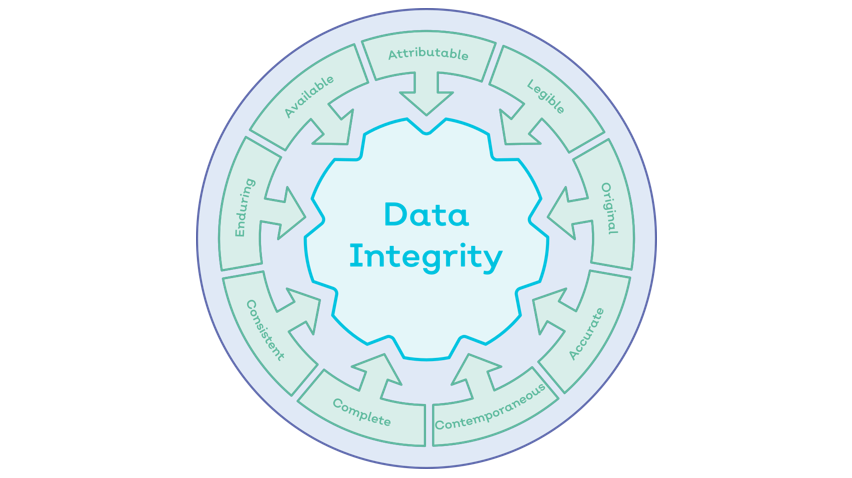Want to contribute to this article?
The Global Quality Trends Report 2017 revealed that 45% of quality professionals work without a quality management software tool to manage their documentation. Of these, 20% use SharePoint to handle documents, while others have archaic systems of printed documents, shared drives, or shared MS Word/Excel files.
There are big problems here for any quality professional who strives for continuous improvement and wants to implement a culture of quality across their organisation.
A platform like SharePoint has many features that a developer can use to build a document manager solution. But for the average end-user, and for businesses whose systems need to consider regulatory demands, EQMS offers that much more when it comes to use, configuration and compliance.
1. SharePoint doesn't protect documents from editing
Hosting documents in a central hub such as SharePoint, or on an internal shared drive without proper controls, means there's every chance your vital information could be edited incorrectly by individuals who lack the necessary authorisation. If this information is then disseminated throughout your organisation – or, worse, to your customers – there could be no limit to the damage.
For example, using the wrong instruction for a product will result in a poor-quality or even an illegal product being created. And if the same instruction's followed at the quality assurance stage, that poor-quality or illegal product could be provided to the public. Had this product inadvertently broken regulations (maybe it failed to include the right nutritional information), the harm to your reputation, and the costs associated with product recalls and rectifying damage, are significant.
Solve it: With EQMS Document Manager, administrators can create tailored user groups and edit document controls case-by-case or by batch. Permissions for editing, uploading and downloading information can be set according to user group and type. If any documents are changed, the system will produce a change log with time stamp and user ID to ensure there's a full and clear audit trail.

2) SharePoint's security features offer no guarantees that sensitive data won't be seen
While you may have some restricted-access folders on your shared drive or within SharePoint, there's no guarantee that your sensitive information won't be seen by the wrong people. Someone with a little IT knowledge could easily bypass security protocols, or it could be something as simple as the wrong person being given permission (or not having their permission revoked) by mistake.
Your organisation must protect its interests by retaining control over its sensitive and confidential data, and old and outdated systems just don't offer the right level of security to give you peace of mind. Any business aiming for ISO 27001 would be at a distinct disadvantage in this situation!
Solve it: EQMS Document Manager allows you to organise documentation into specific groups, areas, or even between different companies if your organisation's a parent to multiple businesses or clients who need access to some but not all documents. Confidential information is restricted to the relevant parties, so only the right eyes can see sensitive data.

3) SharePoint doesn't tell you when documents have been read or received
Sometimes you WANT people to see documents! Once you've uploaded a new document or made important changes to an existing one, it's important you communicate this to the relevant people.
But how do you know that those people have read the document? There's no surefire way to tell that your staff have read your latest policy update – which puts your organisation at risk of things like damage to its reputation, or litigation following an incident that the new policy would have covered.
Solve it: EQMS Document Manager allows document owners to select a read-receipt acknowledgement, ensuring the tick-box system confirms that users (individuals or groups) have read the document. A change log on the document means users can easily see why the change was made, while a feedback option allows any user to give the document owner feedback for making further updates or changes.
Next steps
If you're one of the 45% of quality professionals not yet using a quality management system to control your documentation, ask us for a free demonstration of EQMS Document Manager to see how it can help you improve security, reduce errors, and promote quality improvement.









Share your thoughts on this article